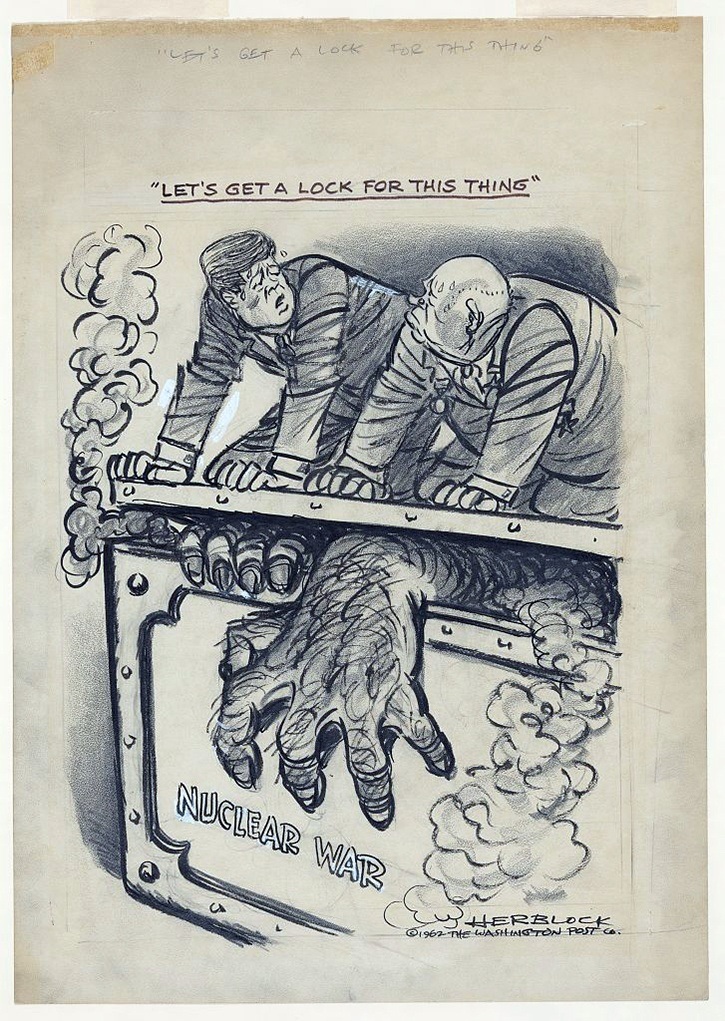

because, according to the original artist, “it looked good to my eye” (Bulletin, “Doomsday Clockwork,” ). Was there a logical explanation behind this decision? Nope, the Doomsday Clock started at 11:53 p.m. When the concept was first created in 1947, the clock was initially set at seven minutes to midnight. The rather arbitrary nature of the time set on the Doomsday Clock becomes clearer in the context of the Bulletin ’s history. The Bulletin ’s Science and Security Board may consist of experts in their field, but the time displayed on this “clock” only represents what a handful of people think about the state of the world. For one thing, it doesn’t empirically measure anything. At this rate, it really does appear as if the apocalypse is just around the corner.īut despite how dire “two minutes until midnight” might sound, the entire concept of the Doomsday Clock isn’t as helpful as some people make it out to be. Just earlier this month, he taunted North Korean dictator Kim Jong-un’s lack of nuclear arsenals on Twitter and bragged about how his Nuclear Button “is a much bigger & more powerful one than his” (The New York Times, “Social Media Shudders After Trump Mocks North Korea’s ‘Button’,” ). It also doesn’t help that President Trump continues to play Russian Roulette on his Twitter feed and goad celebrities and world leaders alike into schoolyard squabbles. as well as the belligerent partisan gridlock in Washington, D.C. Global geopolitical tensions are already at an all-time high thanks to the frosty relations between Russia and the U.S. Naturally, many people aren’t too thrilled about this grim assessment. “As of today, it is two minutes to midnight,” announced President and CEO of the Bulletin Rachel Bronson during a recent press conference (Bulletin, “Doomsday Clock Announcement, 2018,” ). 25, 2018, the 19 international experts that make up the Bulletin ’s Science and Security Board adjusted the infamous Doomsday Clock by moving it 30 seconds closer to midnight. But even with the Cold War long over, it seems the global situation has only gotten worse. This metaphorical clock has moved backwards and forwards many times throughout its run, from as far back as 17 minutes from midnight in 1991 with the dissolution of the Soviet Union to as close to two minutes from midnight in 1953 during the testing of the first hydrogen bomb (Bulletin, “Timeline,” 2018). Originally conceived in 1945, this nonprofit organization has been gauging the probability of a global catastrophe and has communicated this threat level to the public with its infamous Doomsday Clock, which represents the countdown to the end of civilization if countermeasures aren’t taken.

At least that’s what the members behind the academic publication Bulletin of the Atomic Scientists say. Somehow, 2018 has only just started and the situation already seems incredibly bleak.


 0 kommentar(er)
0 kommentar(er)
